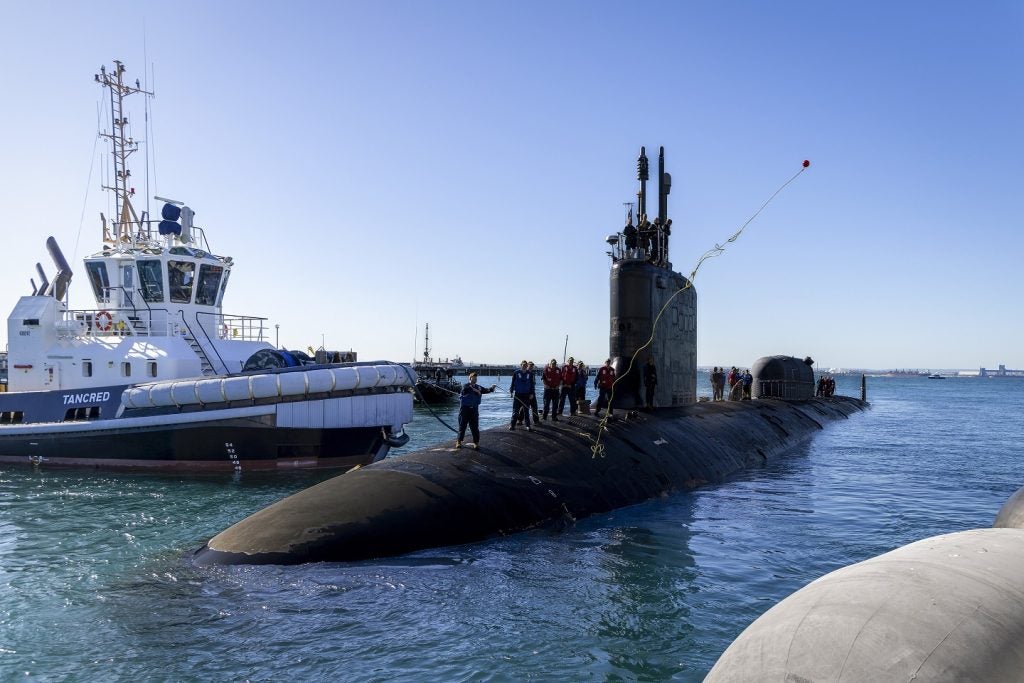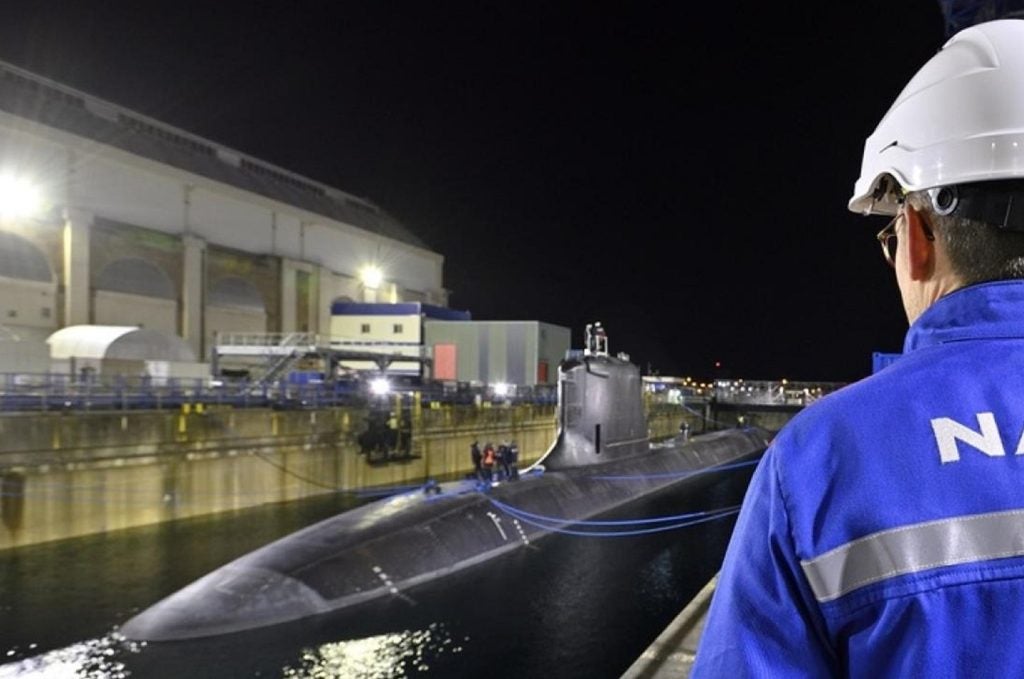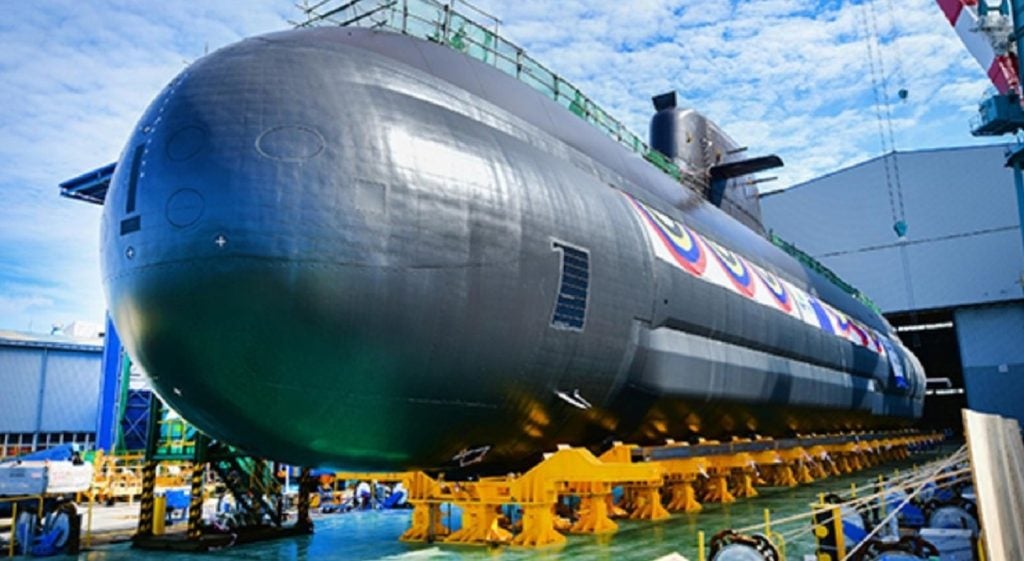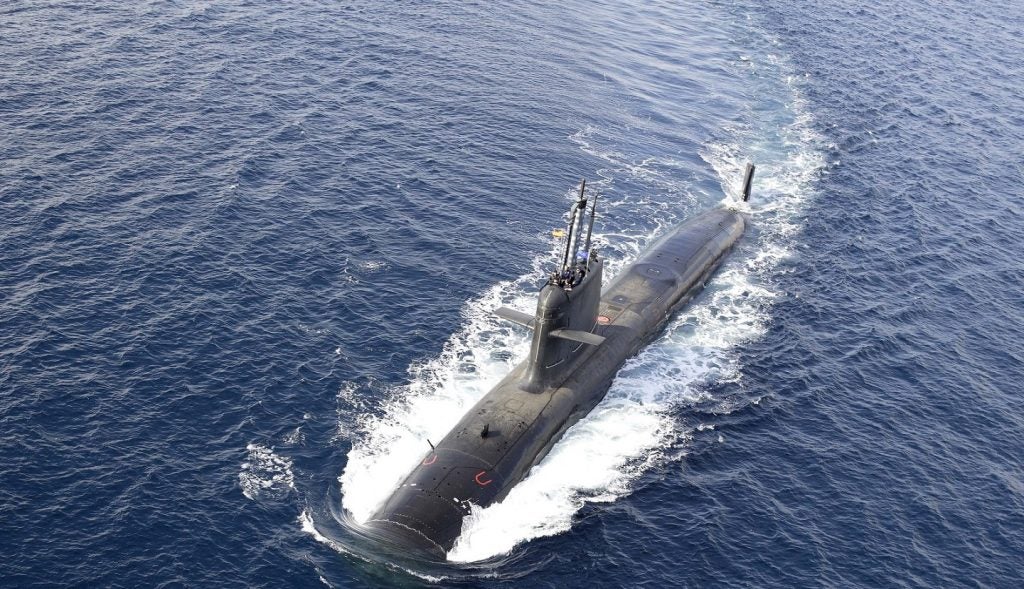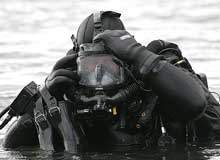
In addition to training and preparation for the worst case scenario, reliable state-of-the-art technology is perhaps the most important utensil for naval salvage teams, operating in extreme depths under sea. In the case of a submarine disaster, technology and humans have to work together hand-in-hand without fault, with every single step of a mission meticulously planned out.
About 50 years have passed since the first deep submergence rescue vehicle was developed in the US. Research into new technologies, however, has never ceased in its aim to improve and facilitate submarine rescue missions.
UK-headquartered diving equipment manufacturer and supplier Divex has been leading the development of new technologies, and provides equipment and support services to the global commercial and defence diving market, including more than 30 navies. Here, joint managing director Derek Clarke talks about the importance of applying the latest technology, how robotics have influenced rescue mission and draws an outlook of the future of the market.
Elisabeth Fischer: What equipment is used by modern navies in the case of submarine disaster?
Derek Clarke: Most navy diving is limited in depth, typically to 80m, as there is little or no deep diving undertaken by navies. There are exceptions but generally naval requirements for deep diving are contracted out to a commercial diving contractor, which would mobilise a diving support vessel (DSV) with an integrated saturation diving system.
How well do you really know your competitors?
Access the most comprehensive Company Profiles on the market, powered by GlobalData. Save hours of research. Gain competitive edge.

Thank you!
Your download email will arrive shortly
Not ready to buy yet? Download a free sample
We are confident about the unique quality of our Company Profiles. However, we want you to make the most beneficial decision for your business, so we offer a free sample that you can download by submitting the below form
By GlobalDataSuch deep diving requirements of the equipment would relate to some catastrophe such as a downed aircraft or vessel sinking be it military or civilian and the application all depends on the water depth. If away from the continental shelf all salvage becomes the domain of remotely operated vehicles (ROVs) as 300m is considered to be the limit of routine deep diving.
See Also:
EF: How have ROVs changed deep diving rescue missions?
DC: While diving equipment development largely stalled after the early 1980s, ROVs have been continuously evolving to the present day and they have taken over many of the tasks that were the exclusive domain of the diver 30 years ago. Some pundits in the 1990s were wrongly prophesising that by the new millennium diving would be marginalised as ROVs took over.
Needless to say, that has not happened and today manned intervention, namely diving and atmospheric diving suits (ADS), and ROVs work side by side in mutual respect of the abilities and attributes of each other.
The first stage of any rescue mission will always be to deploy an ROV and in some cases it can fulfil the entire role, such as occurred in 2005, when paradoxically a Russian manned rescue submersible was trapped during a training exercise by snagging some underwater debris. The ROV very successfully engineered the release of the otherwise stricken vehicle.
EF: What other technologies are out there?
DC: Aside from dedicated submarine rescue systems there is no deep diving equipment that is specifically designed for rescue as this would be too restricted an application. Most commercial DSVs have saturation diving equipment that is fully integrated into the ship and installed during the vessel construction. Such systems are designed for virtually continuous use and achieve very high productivity, typically in excess of 20 hours bottom time a day, per bell and in high sea states.
These are significant capital investments with the diving system installation cost in the range £15m to £40m dependent on the number of diving bells and levels of sophistication.
Such systems typically accommodate 18 to 24 divers and can operate for all but a few days of the year constrained only by the most severe weather. The bells are always deployed from within the ship through so-called ‘moonpools’.
At a far lower capital cost are smaller portable modular systems, which typically accommodate nine to 12 divers and are installed on the upper deck of a suitable host vessel with the bell being deployed over-the-side. Such systems cost in the range of £4m to £7m.
The exposed location and over-the-side bell launch and recovery very much constrains the sea state in which it is practical and safe to operate, so such vessels are generally used on short-term contracts and in regions less susceptible to severe weather. All deep diving in the North Sea is undertaken from dedicated DSVs.
If considering submarine rescue, specific systems have been developed to meet the peculiar needs to recover a large number of submariners trapped in a sunken submarine. For these critical considerations include if the system is vessel based or portable, the strategic location of the asset, speed of deployment, if it’s air portable for a global coverage, the ease of mobilisation and hook-up, exposed deck location as well as survivability in storm conditions.
EF: How has the Kursk tragedy of 2000 influenced the market?
DC: Frankly I don’t believe it has in terms of technology, as the Nato submarine rescue system (NSRS) and US rescue systems were already in process at the time of the incident, but it probably helped stimulate progress and the required capital commitment from respective governments.
EF: What special materials are used for the submarine devices?
DC: The main issue is corrosion and water absorption but the wide range of service temperatures and the general harsh environment drive the selection of materials and coatings. A high proportion of stainless steel, duplex steel and copper nickel alloys are used in the construction of diving equipment.
EF: How do you test equipment?
DC: All Divex breathing equipment is developed in our in-house diving simulator, which can reach a depth of 500m. This can expose the equipment under test to water temperatures between 2°C and 35°C and simulate divers at rest or extreme work rates. We also use our own diving tank for shallow water assessment. Beyond that we go open water or use specific test facilities.
Equipment design is subjected to failure mode and effects analysis (FMEA) to identify any possible failure modes and the potential hazard that could result. The installed diving equipment built into a DSV goes through a very rigorous and lengthy period of testing where all failures identified during the FMEA process are simulated and checked for predicted outcome.
Specific hazard analyses are also undertaken to identify all risks to the operators and equipment and the design process is driven to mitigate such risks to an acceptable level. These processes become particularly critical when software is involved and modern systems should be developed and scrutinised to the same standards employed in the aircraft and automotive industries.
EF: What is the technology of the future?
DC: The most sophisticated system at this time is the NSRS managed on behalf of Nato by the UK MoD and operated by Rolls-Royce. It is located in the Faslane RN Base in Scotland. At this time it is unique in being capable of mobilisation by air and is certified to operate worldwide and survive the most extreme of weather on an exposed deck. It just so happens that Divex designed and built the transfer under pressure (TUP) and decompression elements of the NSRS.
The NSRS does represent the state-of-the-art and the most likely scenario is more submarine owning nations investing in a similar capability. For the largest of submarines, particularly as more automation reduces the relative crew size; it’s conceivable that they could be equipped with rescue capsules that would enable the submariners to make their own escape while maintaining them under pressure.



